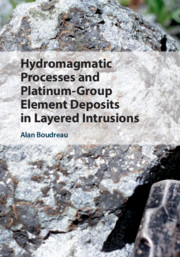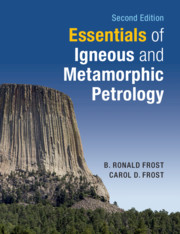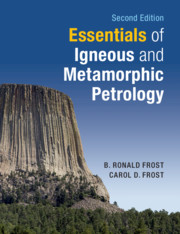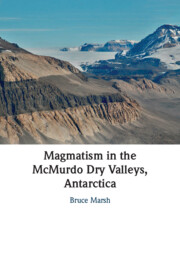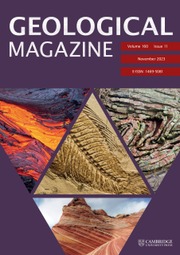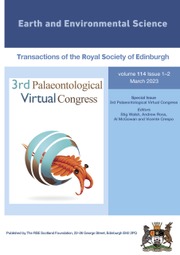Hydromagmatic Processes and Platinum-Group Element Deposits in Layered Intrusions
The role of hydrothermal fluids during the crystallization of layered intrusions and the ore deposits they contain has long been debated. This book summarizes the evidence for fluid-crystal-liquid (hydromagmatic) interactions and their importance for the understanding of the formation of platinum-group deposits in layered intrusions. It discusses the composition of igneous fluids in mafic magmatic systems, the generation and movement of these fluids in layered intrusions, their impact in altering the mineralogy and composition of the originally precipitated assemblages, and their role in the transport of the platinum-group elements (PGE). Using examples from the Bushveld complex of South Africa and other intrusions, this book provides a comprehensive overview of the hydromagmatic model for the origin of various features of layered intrusions. It is a useful reference for academic researchers and professional geologists working on economic mineral exploration, layered igneous intrusions, and hydrothermal metallogenesis.
- Summarizes a huge amount of literature to provide a unified view of the importance of the interaction of volatile fluids with magmatic liquid-crystal assemblages in the formation of layered igneous intrusions
- Discusses a broad range of topics and processes related to the formation of layered igneous intrusions, from basic igneous petrology and geochemistry, to hydrothermal fluid composition, transport models, and high temperature metasomatic alteration mechanisms
- Reviews evidence for the important role for volatiles and volatile-rich fluids in the crystallization of layered intrusions in general and the formation of platinum-group element (PGE) deposits more specifically
Product details
March 2019Adobe eBook Reader
9781108246811
0 pages
128 b/w illus. 4 maps
This ISBN is for an eBook version which is distributed on our behalf by a third party.
Table of Contents
- Preface
- 1. Introduction
- 2. Layered intrusions: an overview
- 3. Magmatic volatiles and fluids
- 4. Geochemistry of the platinum-group elements
- 5. Generation and movement of bubbles and volatile fluids in a crystal-liquid mush
- 6. Halogens in layered intrusions
- 7. Melt and fluid inclusion evidence
- 8. Pegmatoids, pipes, and potholes
- 9. The effects of volatiles on mineral stability and volatile fluxing
- 10. Chromatographic effects
- 11. Compaction-driven stratigraphic traps and the formation of Great Dyke-type deposits
- 12. Chromitites
- 13. Isotopic evidence
- 14. Some objections considered
- References
- Index.

